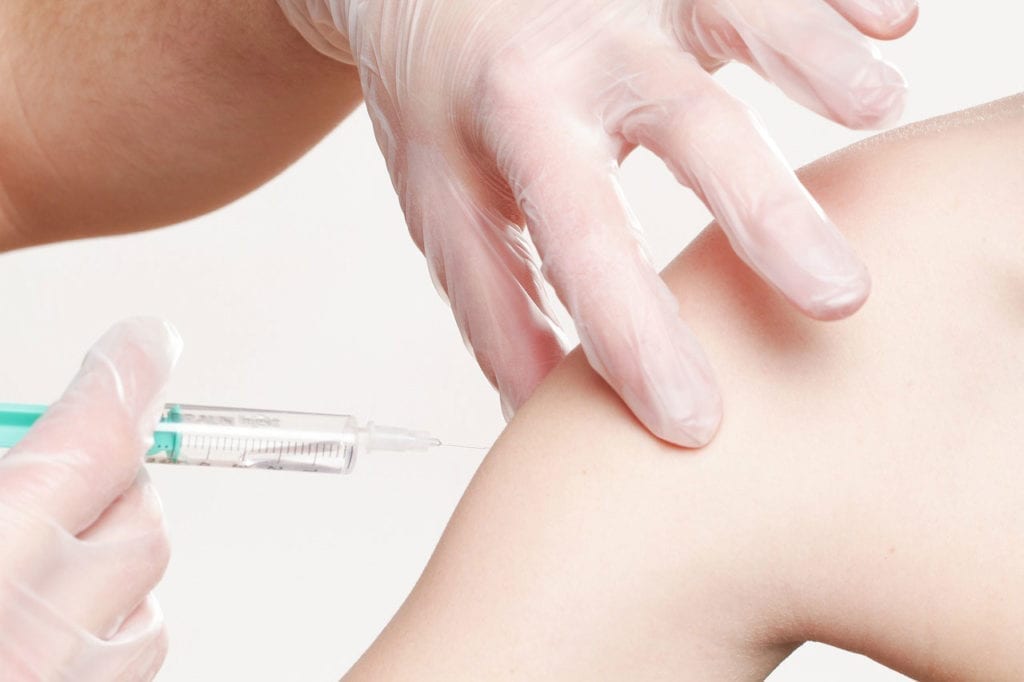In 2019, generic pharmaceuticals and biosimilars leader Sandoz launched intravenous treprostinil for patients with pulmonary arterial hypertension (PAH). But according to a new media release, generic treprostinil is now available for patients via a subcutaneous injection (“Treprostinil Injection”). Ultimately, this decision offers patients more accessible (and potentially more convenient) treatment options.
Treprostinil
According to the Pulmonary Hypertension Association (PHA), treprostinil is:
a synthetic analogue of prostacyclin, a naturally occurring substance in the body, which has effects on dilating blood vessels. The major actions of treprostinil appear to be similar to the effects of epoprostenol (Flolan® or Veletri®) and include vasodilatation of the pulmonary and systemic vascular beds (widening of narrowed blood vessels in the lung and other parts of the body) and inhibition of platelet aggregation (clumping).
The generic treprostinil injection offers a substitute for Remodulin injection. Unlike the intravenously administered treatment, the generic treprostinil is administered subcutaneously (under the skin). It is being commercialized through an agreement between Sandoz and the Liquid Corporation (“Liquidia”). Additionally, this allows for patients to use the CADD-MS 3 pump and RG 3ml Medication Cartridge. Previously, the cartridges needed for the pump were not available for generic therapies. Thus, the approval of the pump and cartridge combination offers a new treatment option to patients at a potentially lower cost.
Treprostinil has not been tested in pediatric patients or those who are pregnant. Although the treatment is relatively safe and well-tolerated, some side effects may occur. These include:
- Rash
- Low blood pressure
- Infusion site reactions
- Diarrhea
- Nausea
- Headache
- Jaw pain
- Fluid retention in bodily tissue (edema)
- Increased risk of bleeding
Pulmonary Arterial Hypertension (PAH)
Typically, BMPR2 gene mutations are associated with pulmonary arterial hypertension (PAH), chronic high blood pressure in the lungs. As this blood pressure remains high, and sometimes becomes progressively worse, the heart must work harder to receive oxygen and pump blood. This is because PAH causes the thickening, hardening, narrowing, and blocking of pulmonary arteries. As less oxygen-rich blood is pumped throughout the body, health issues occur. At the same time, the heart also becomes progressively weaker.
But BMPR2 mutations are not the only cause of PAH. In an estimated 15-20% of diagnoses, patients have a family history of PAH. This is known as familial PAH. Beyond that, HIV infection, drug use, liver or lung diseases, sickle cell disease (SCD), and a number of autoimmune conditions can also cause PAH.
This rare condition affects females significantly more than males. In fact, PAH is nearly 2x more common in females. Symptoms, even if mild, usually appear between ages 30 and 60. While symptoms may be non-specific or difficult to pin down at first, more intense management is needed as the condition grows progressively worse. Symptoms include:
- Fatigue
- Dizziness and/or fainting
- Chest pain
- Swelling of the lower extremities
- Shortness of breath which worsens during exercise or exertion
- Enlarged heart and liver
- Cough which may produce blood
- Hoarse voice
- Cyanosis (bluish color of the skin and lips)
- Heart failure







